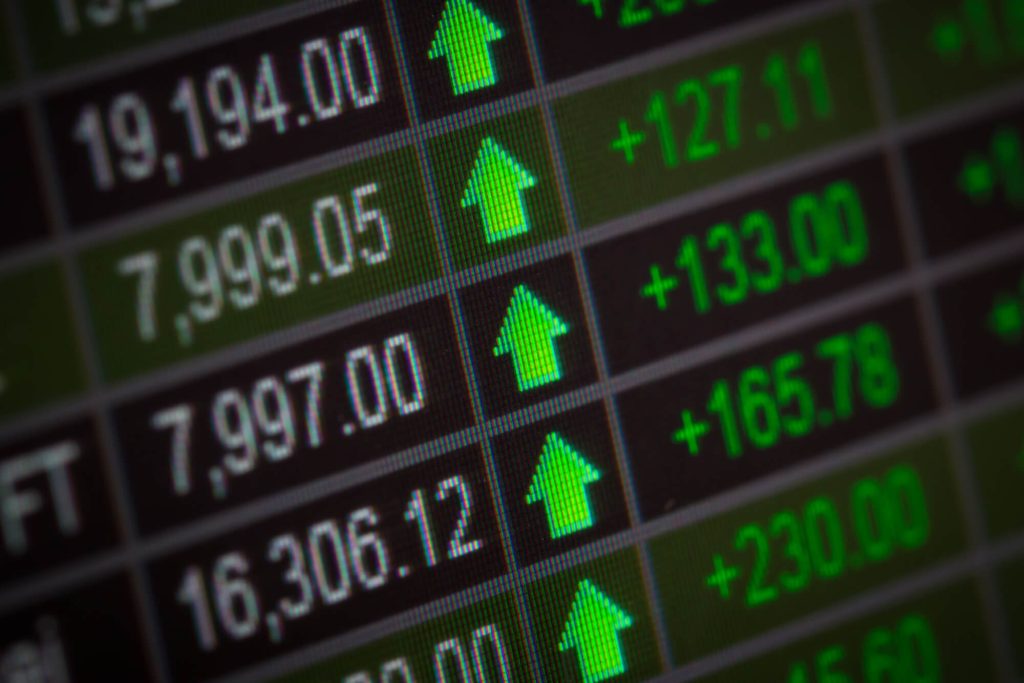How AI is Revolutionizing the World of CFD Trading
CFD trading, also known as Contracts for Difference trading, has become increasingly popular in recent years due to its ability to allow traders to speculate on the future price movements of various assets without actually owning them. With the rise of technology, the use of artificial intelligence (AI) has become increasingly prevalent in the financial industry, including CFD trading. In this article, we’ll explore the ways in which AI is affecting the world of CFD trading, and how it’s changing the landscape of the industry.
Introduction to AI in CFD Trading
Artificial intelligence refers to the ability of machines to perform tasks that would typically require human intelligence, such as pattern recognition, decision-making, and language understanding. AI algorithms can be used to analyze vast amounts of data and make predictions based on historical trends, market sentiment, and other factors that may affect the value of an asset.
Advantages of Using AI in CFD Trading
One of the primary advantages of using AI in CFD trading is its ability to process vast amounts of data quickly and efficiently. By using sophisticated algorithms, AI systems can analyze market trends, news events, and other factors that may impact the value of an asset, enabling traders to make more informed decisions about when to buy or sell.
AI can also be used to automate certain aspects of trading, such as order placement and risk management. This can help traders to reduce the time and effort required to manage their trades, allowing them to focus on other aspects of their business.
Machine Learning and CFD Trading
Machine learning is a subset of AI that involves training algorithms to make predictions based on historical data. In CFD trading, machine learning algorithms can be used to analyze past market data and identify patterns and trends that may help traders to make more accurate predictions about future price movements.
One example of machine learning in CFD trading is the use of sentiment analysis. By analyzing news articles, social media posts, and other sources of information, machine learning algorithms can determine the overall sentiment surrounding a particular asset and use this information to make predictions about its future value.
Challenges of Using AI in CFD Trading
While there are many advantages to using AI in CFD trading, there are also several challenges that must be addressed. One of the main challenges is the potential for AI systems to make errors or provide inaccurate predictions. This can lead to significant financial losses for traders and may result in a lack of trust in the technology.
Another challenge is the need for traders to have a deep understanding of how AI systems work and how to interpret the data they generate. This can be challenging for those without a technical background and may require additional training or support.
The Future of AI in CFD Trading
Despite the challenges, the use of AI in CFD trading is likely to continue to grow in the coming years. As the technology becomes more sophisticated and more accessible, it’s expected that more traders will begin to adopt AI-powered systems to help them make more informed decisions and reduce the time and effort required to manage their trades.
Conclusion
AI is transforming the world of CFD trading, providing traders with new tools and capabilities to make more informed decisions and reduce the time and effort required to manage their trades. While there are challenges to overcome, the benefits of using AI in CFD trading are clear, and the technology is likely to continue to evolve and improve in the coming years.




